Tom's Guide Verdict
Although it bills itself as an alternative to sous vide, the Cinder grill isn't as versatile or cost-effective.
Pros
- +
Cooks steak, chicken well
- +
Easy to clean
- +
Straightforward app Nice design
Cons
- -
Expensive
- -
Bulky
- -
Not as versatile as sous vide
- -
Doesn't cook scallops well
Why you can trust Tom's Guide
As a techie and a foodie, my eyes go wide at the latest cooking gadget; I jumped on the sous vide trend a few years ago, picking up the Anova Precision Cooker, and loved the fact that not only could I cook really tender, juicy steaks, but that I could control everything from my phone. So I was very interested to test out the Cinder, a smart grill currently available through Indiegogo for $400 that purports to offer all the benefits of a sous vide, but with the added ability to sear meat. While this device works well, there are a few reasons why the Cinder feels half-baked.
Design
The stainless steel-clad Cinder will fit well with the decor of other contemporary kitchen appliances. A large, sturdy handle makes it easy for you to open the substantial lid, whose sides cover the lower part of the grill. On the inside are two interchangeable, nonstick grill pans made of ceramic-coated aluminum that pop out with the push of a button. This makes cleanup a cinch.
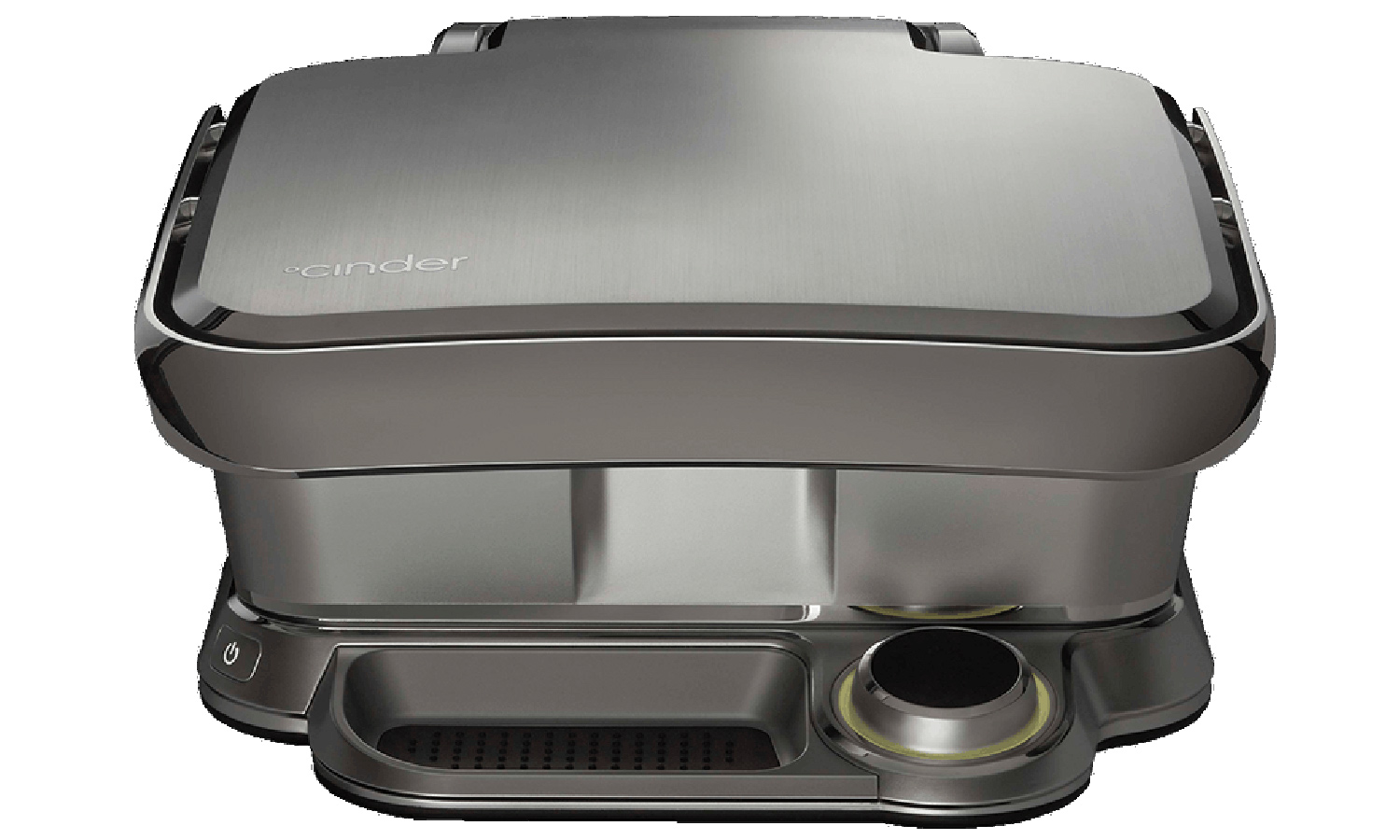
In the front, a slide-out tray collects drippings. You'll also find a small LCD panel and a silver control knob.
Measuring 17 x 13 x 7 inches, the Cinder is huge, especially for those people with small kitchens. It took up nearly twice as much counter space as my KitchenAid stand mixer. By comparison, my Anova sous vide machine, which is essentially a large cylinder, tucks away neatly when not in use. Yes, you also need a large pot to use the Anova, but the pot can be used for other things, too.
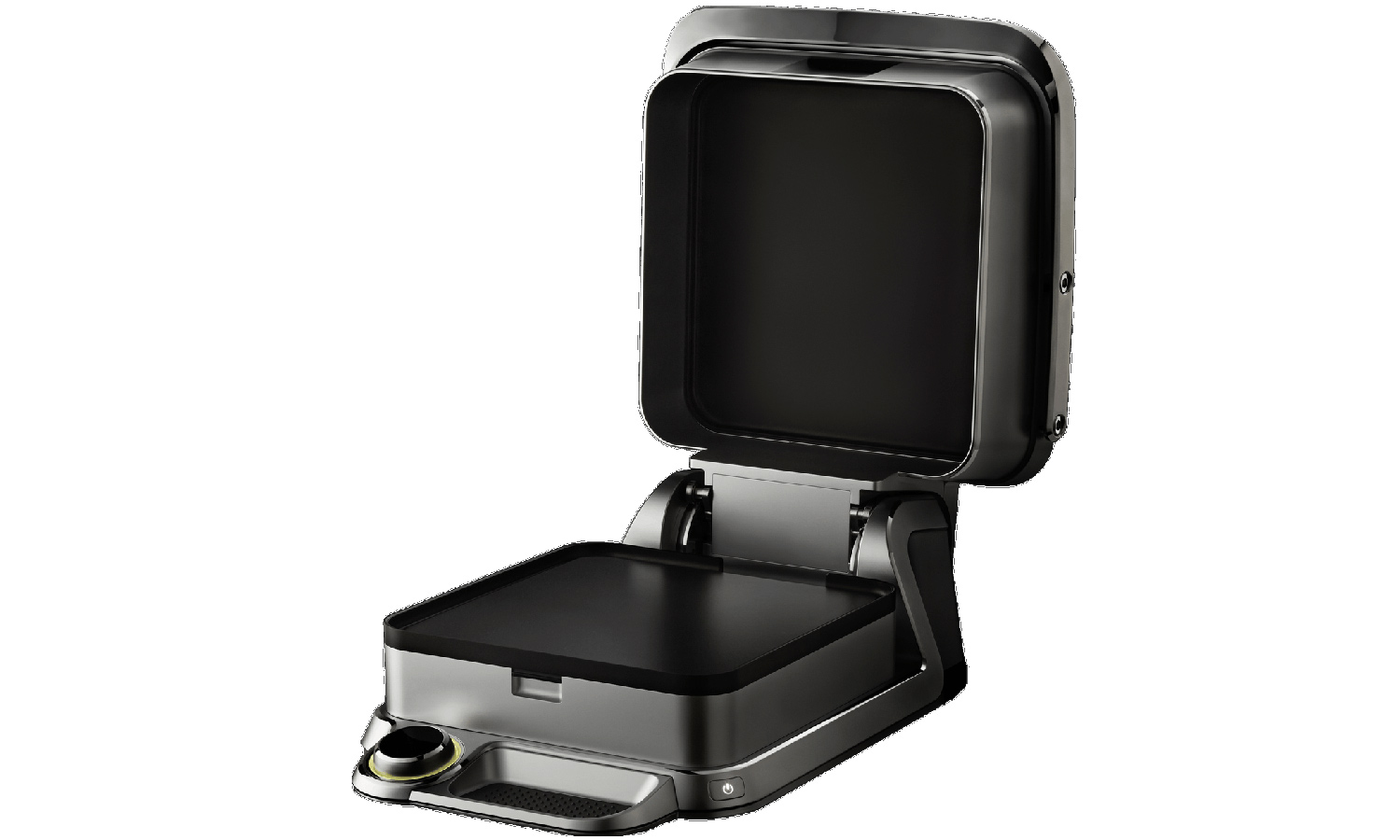
At 27 pounds, the Cinder is also really heavy. Even though I have a small countertop, I kept the Cinder in place for a week — taking up valuable kitchen real estate — because I simply didn't want to move it.
Let's get cooking!
Steak
I bought a nice, 1-inch-thick New York strip steak, and, after seasoning it with salt and pepper, put it on the Cinder to cook. It took about an hour for the steak to be cooked through to medium rare — about the same amount of time as the Anova would take.
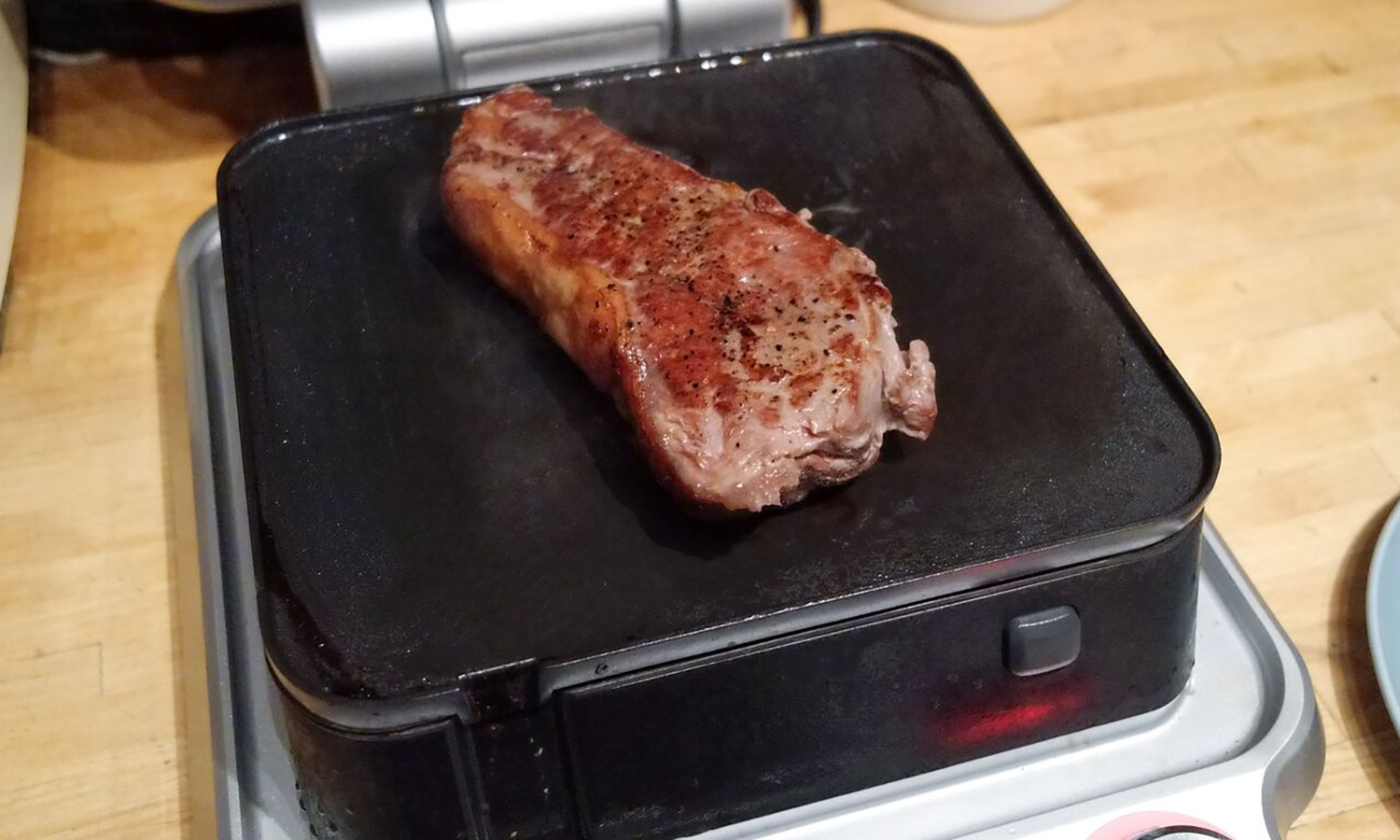
One factor weighing in the Cinder's favor is that it's a lot faster to heat up compared to the Anova, which has to warm up a large water bath before you can start cooking anything.
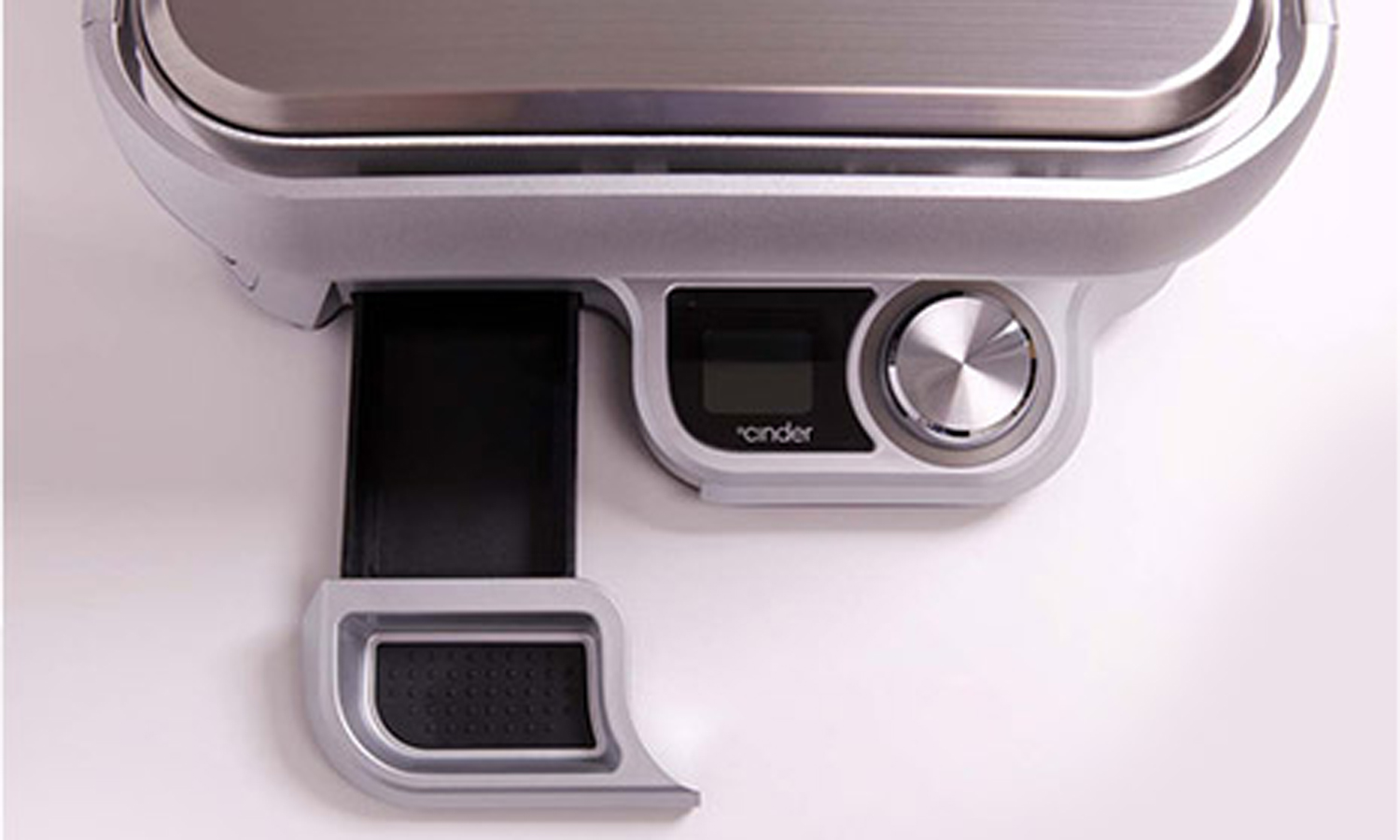
After the steak was finished cooking, the Cinder sent an alert to my phone and then kept the steak at the proper temperature (about 133 degrees) until I was ready to deal with it. Following the Cinder's instructions, I removed the steaks, cleaned the grill plates of any liquid and turned the Cinder's dial until the LCD panel read Sear. I then waited a few minutes for the grill to heat to 450 degrees, after which I put the steak back on, closed the lid and let the Cinder do its work. About a minute later, I took the steak off. It was perfectly seared, and the inside was evenly pink throughout — just as good as when I've used my sous vide and a cast iron skillet. As I'm writing this, I'm getting hungry just thinking about it.
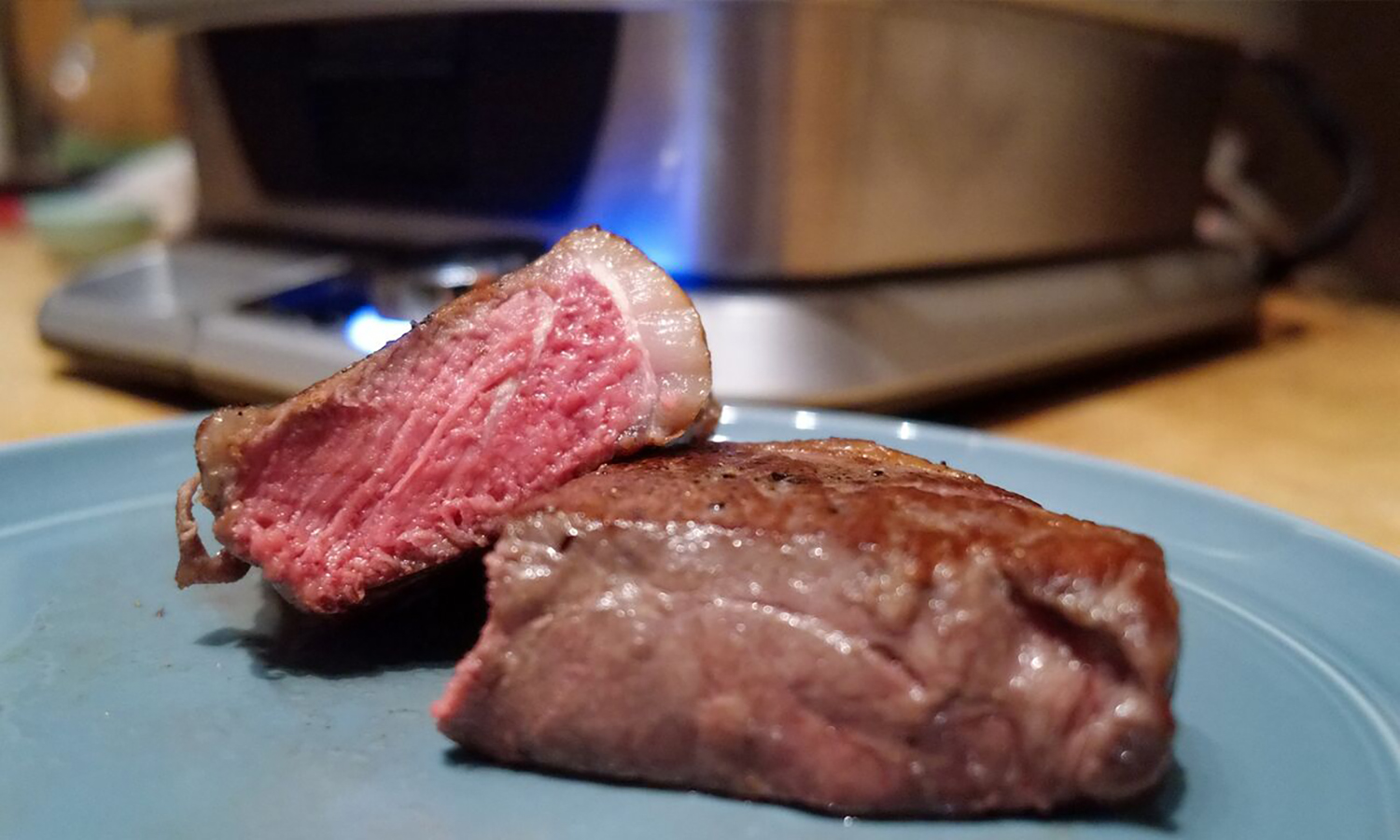
Cheeseburgers
You can fit a pair of pretty good-size patties on the Cinder, which did a good job of cooking them to an even temperature throughout. I then used the searing option to get a nice crust on the burgers.
Then, with the Cinder still set to Sear, I opened the lid, put some slices of cheddar cheese on top of the patties and then held the lid ajar slightly, so that the cheese would melt, but not stick to the top grill pan. It was an imperfect solution, but it worked.
Chicken
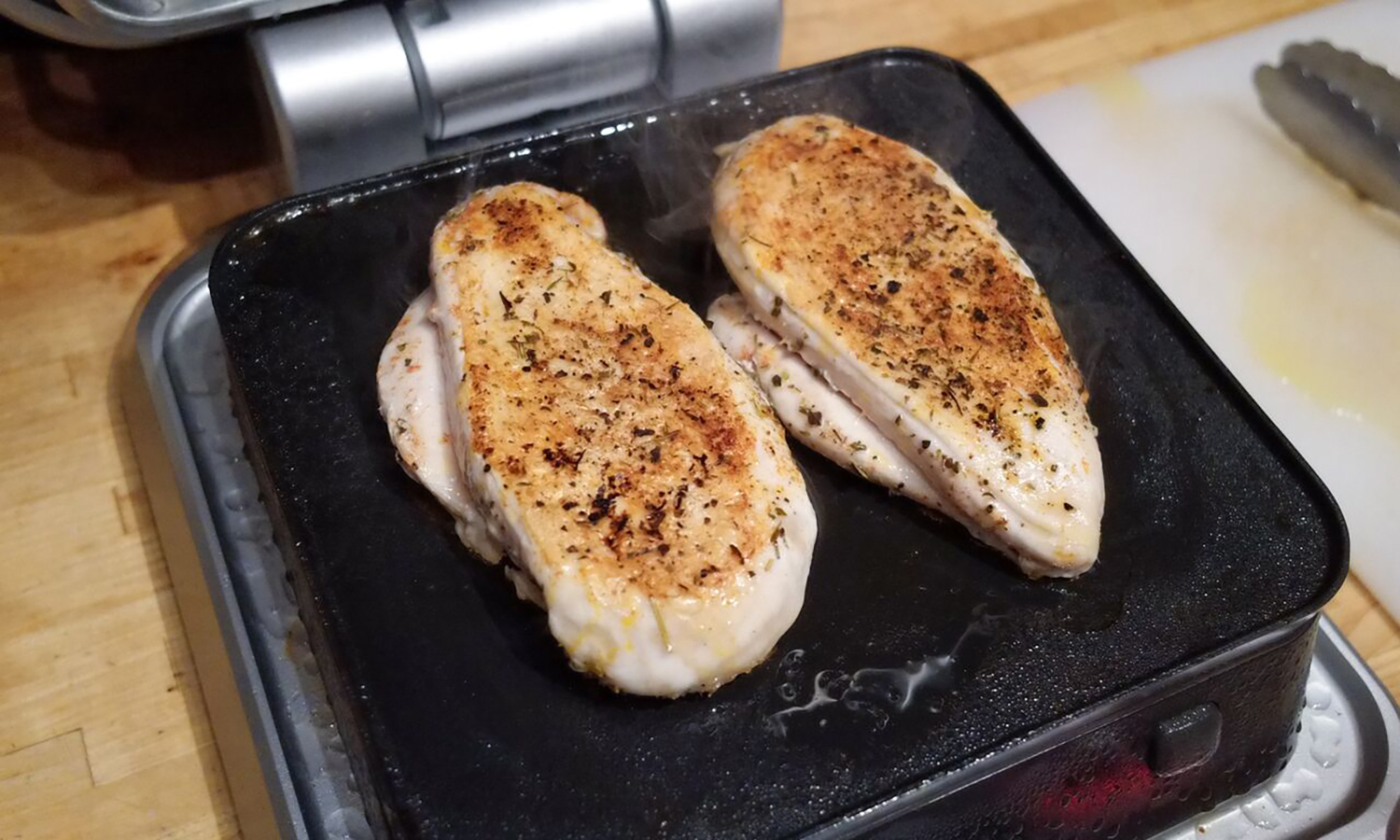
Two chicken breasts cooked in the Cinder also came out quite juicy, though the heavy lid did squeeze out some liquid, which I had to clean out before searing the breasts. Still, the skin was nice and crispy, and the chicken was juicy throughout.
Scallops
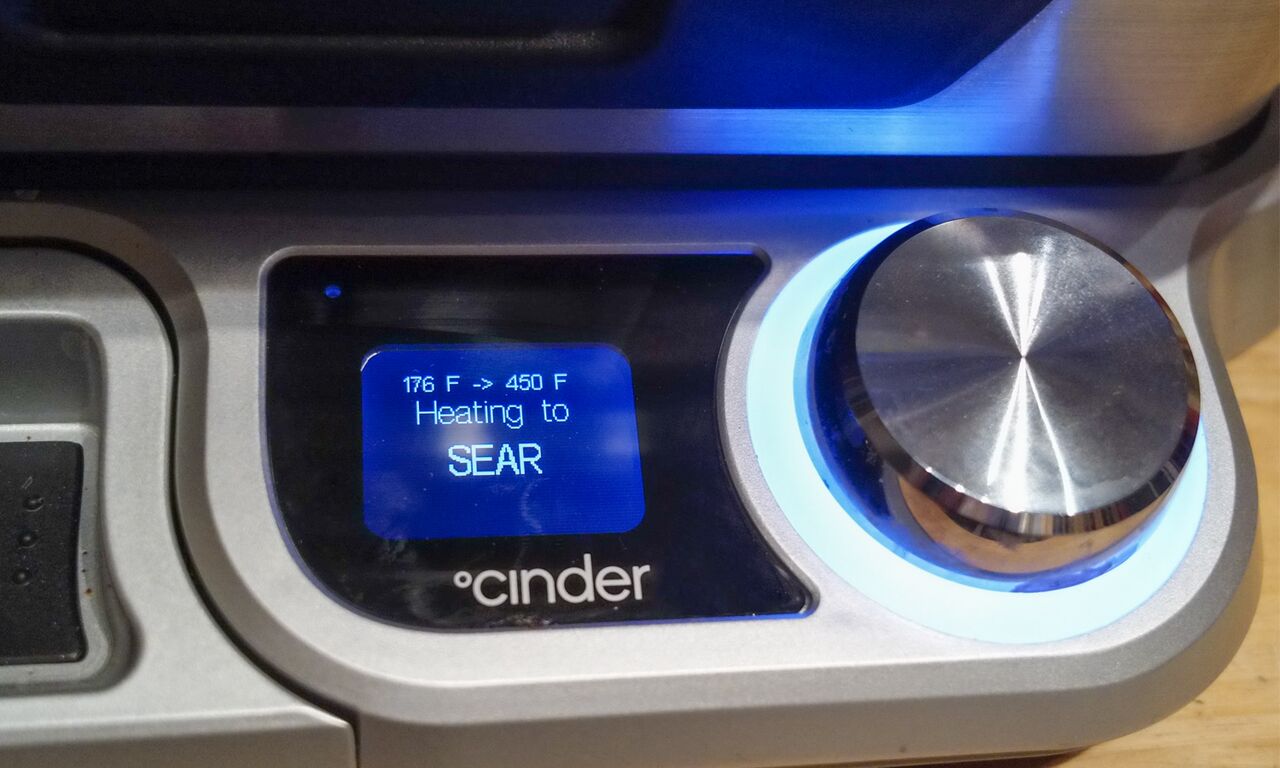
But the Cinder really disappointed when it came to cooking scallops. Following the instructions in the app, I let the grill heat up, placed the scallops inside, then closed the lid. Sadly, the weight of the top lid squished the scallops, pushing out all the liquid. After the first part of the cook, the scallops were rubbery and about half as thick as when they started. Considering that all scallops really need is a quick sear on both sides — something that Cinder itself suggests on its blog — for this task, you should just stick with a pan on the stove.
App
Cinder's app is easy to use and lists suggested cooking times for a wide variety of meats, poultry, fish and produce.
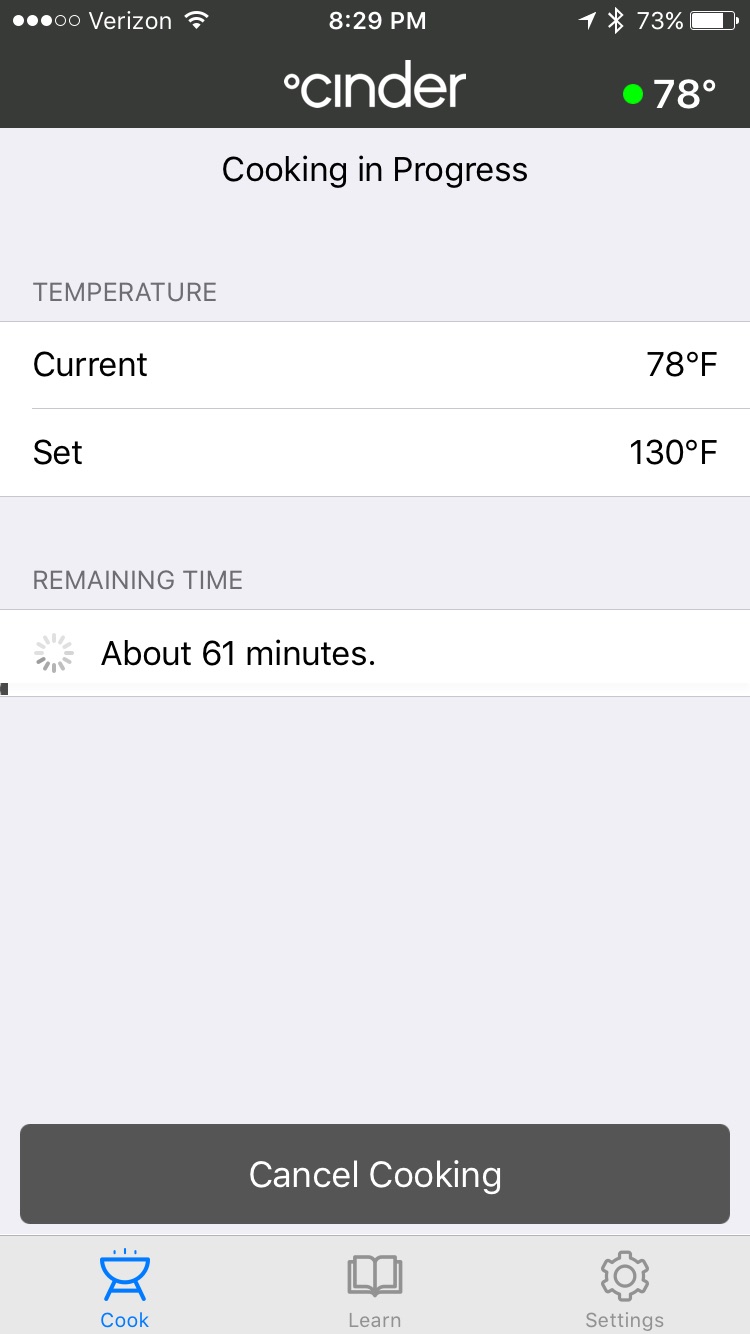
Unlike Anova's app, though, there are no recipes for, say, what herbs and spices you should use with a particular cut of meat. Also, only an iOS is available at this point — the Android app will be developed once the company hits its fundraising goal.
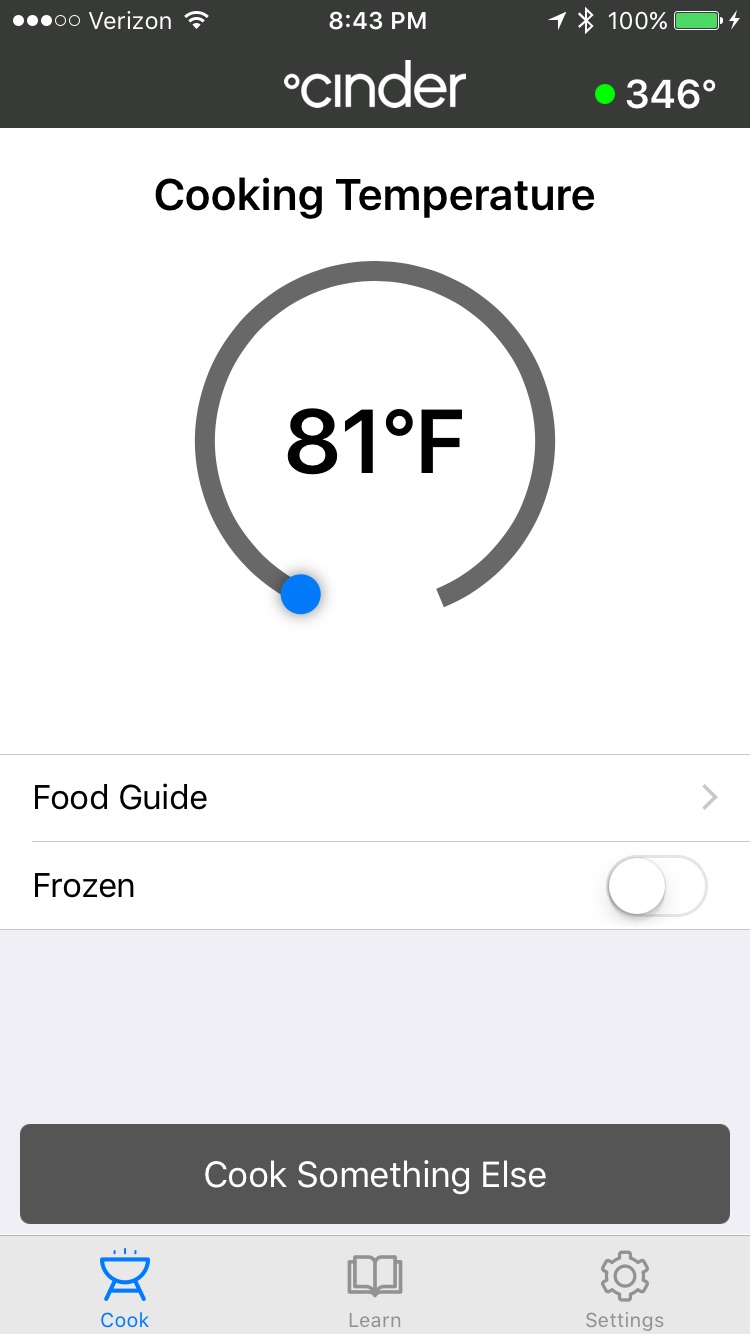
The Cinder app also features a large slider that lets you adjust the Cinder's temperature remotely. However, it only goes up to 200 degrees Fahrenheit.
In order to use the searing function, you have to manually turn the dial on the machine itself. While this is undoubtedly a safety precaution — I don't want to leave a 450-degree device sitting unattended on my counter — it is an extra step you have to consider.
Why I'm still sticking with my sous vide
Despite its larger size, I found the Cinder less versatile than the Anova. For example, with the Cinder, I could only cook three — maybe four — chicken breasts at the same time, and that's if I packed them in tight. With the Anova, I could make at least a half-dozen. More to the point, with the Anova, which can be used with nearly any size pot, I could cook large cuts of meat, like brisket.
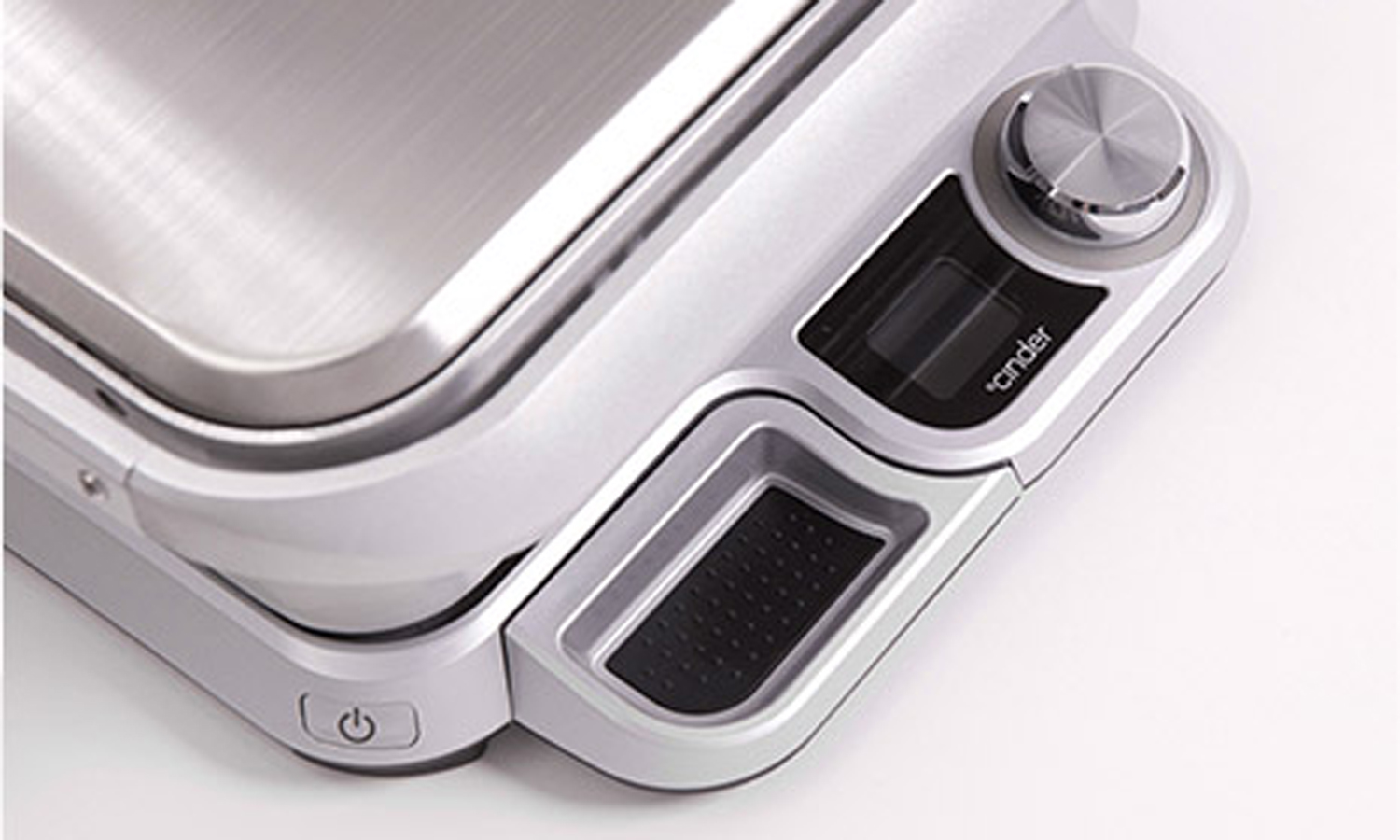
Because the meat was submerged in a water bath with the Anova, I could cook things for a longer period of time; and because the meat was also sealed in a bag, the Anova offered more options for infusing the meat with different spices and flavors.
Bottom Line
The Cinder's all-in-one functions for cooking and then searing work well, but in the long run, I'd rather use my $179 Anova and a regular old cast iron pan. It's less than half the price of the Cinder, takes up much less space and lets me cook a wider range (and size) of meat. That makes both my stomach and my wallet happy.

Michael A. Prospero is the U.S. Editor-in-Chief for Tom’s Guide. He oversees all evergreen content and oversees the Homes, Smart Home, and Fitness/Wearables categories for the site. In his spare time, he also tests out the latest drones, electric scooters, and smart home gadgets, such as video doorbells. Before his tenure at Tom's Guide, he was the Reviews Editor for Laptop Magazine, a reporter at Fast Company, the Times of Trenton, and, many eons back, an intern at George magazine. He received his undergraduate degree from Boston College, where he worked on the campus newspaper The Heights, and then attended the Columbia University school of Journalism. When he’s not testing out the latest running watch, electric scooter, or skiing or training for a marathon, he’s probably using the latest sous vide machine, smoker, or pizza oven, to the delight — or chagrin — of his family.
